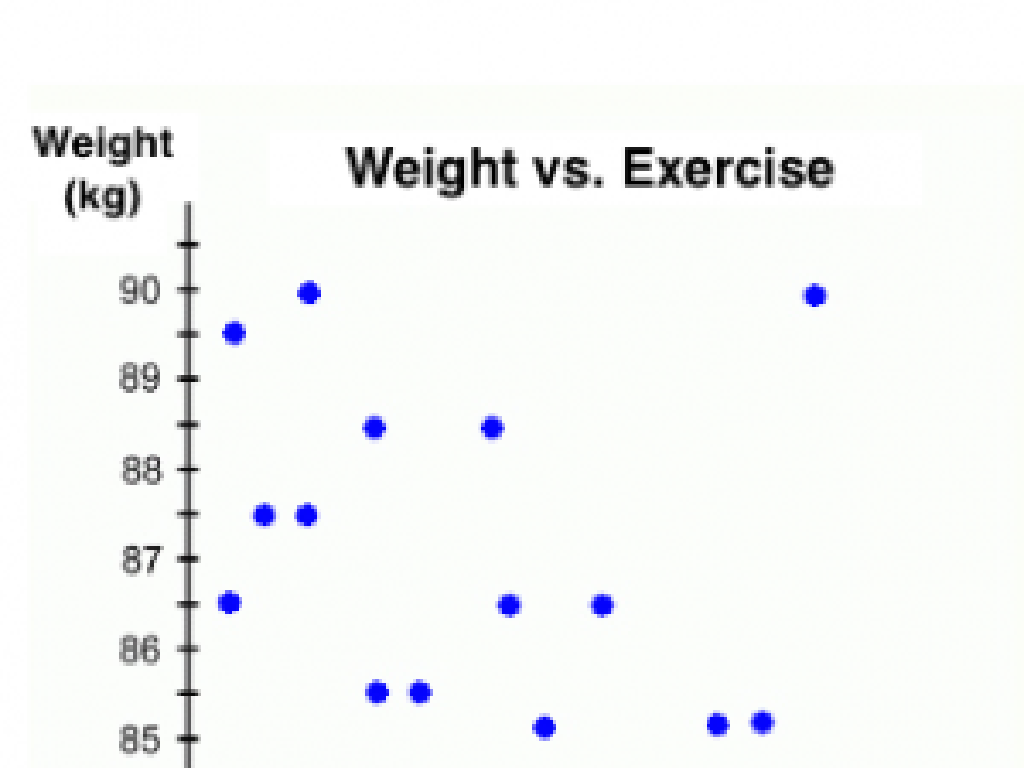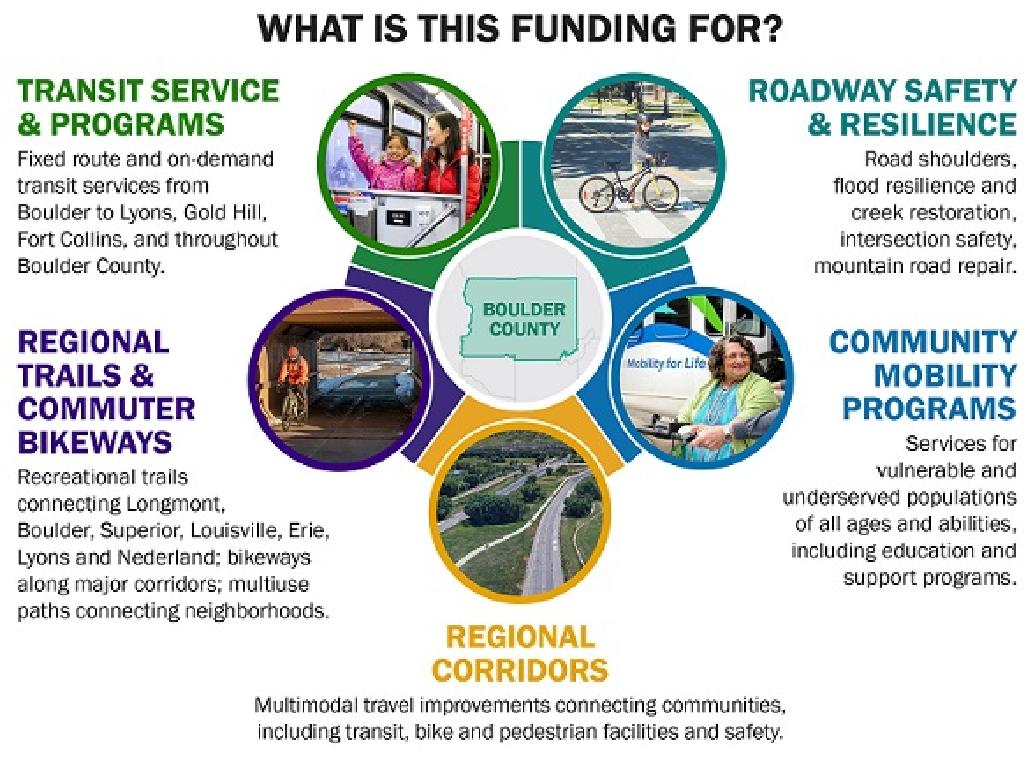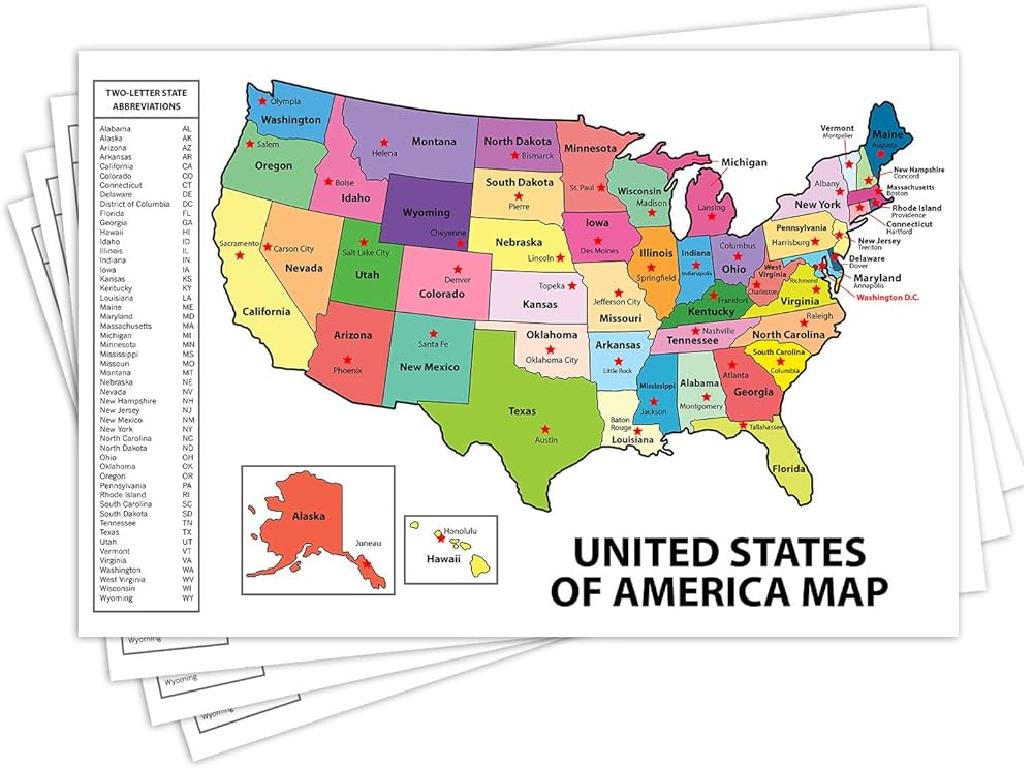Write Powers Of Ten With Exponents
Subject: Math
Grade: Fifth grade
Topic: Powers Of Ten
Please LOG IN to download the presentation. Access is available to registered users only.
View More Content
Introduction to Powers of Ten
– Understanding the Power of Ten
10 raised to a number shows how many times to use 10 in a multiplication.
– What are Exponents?
Exponents are superscripts that tell us how many times to multiply a number by itself.
– Importance in Math & Real Life
They simplify large numbers and are used in science, finance, and more.
– Practice with Powers of Ten
Let’s multiply 10 by itself and see the pattern with exponents!
|
This slide introduces the concept of powers of ten, which is fundamental in understanding place value and scientific notation. Begin by explaining that when we talk about the power of ten, we’re referring to the number of times ten is multiplied by itself. Exponents, which are small numbers written above and to the right of a base number, indicate this. Emphasize the relevance of powers of ten in various aspects of math and real-world applications such as measuring distances in space or calculating interest rates. Encourage students to practice writing powers of ten with exponents to become comfortable with the notation and concept.
Understanding Powers of Ten
– Define a Power of Ten
– A power of ten has a base of 10 raised to an exponent
– Base number and exponent
– The base is 10 and the exponent shows how many times to use 10 in a multiplication
– Examples: 10^1, 10^2, 10^3
– 10^1 = 10, 10^2 = 100, 10^3 = 1,000
– Writing powers of ten
– Practice writing 10 to the power of 4, 5, 6
|
This slide introduces the concept of powers of ten, which is fundamental in understanding large numbers and scientific notation. Start by explaining that a power of ten is simply the number 10 multiplied by itself a certain number of times, indicated by the exponent. Show that the exponent is a small number written to the upper right of the base number. Provide clear examples, starting with 10^1 (which is just 10), and increasing the exponent to show how the value grows (10^2 is 100, 10^3 is 1,000, and so on). Encourage students to practice writing powers of ten with higher exponents and to observe the pattern that emerges as the exponent increases.
Writing Powers of Ten with Exponents
– Writing 10 to the power of 2
– 10^2 means 10 multiplied by itself once
– Large numbers as exponents
– Exponents make writing big numbers easier
– Practice with 100, 1,000, 10,000
– 100 is 10^2, 1,000 is 10^3, 10,000 is 10^4
– Understanding exponent basics
– An exponent tells how many times to use the number in a multiplication
|
This slide introduces the concept of writing powers of ten using exponents, which is a fundamental skill in mathematics. Start by explaining that 10^2 represents 10 multiplied by itself, which equals 100. Emphasize that exponents are a shorthand way to express repeated multiplication of the same number. Provide practice examples by writing 100, 1,000, and 10,000 as powers of ten (10^2, 10^3, and 10^4, respectively). Ensure students understand that the exponent number indicates how many times the base number (10) is used as a factor. Encourage students to try writing other large numbers as powers of ten to solidify their understanding.
Understanding Exponents with Powers of Ten
– Exponent shows how many times to use 10 in a multiplication
– Count zeros to find the exponent in powers of ten
– For 10^3 (10 to the third power), count 3 zeros: 1,000
– Activity: Find powers of ten around you
– Look for examples like 100 (10^2) in money or distance
– Discuss how we use powers of ten daily
– Examples: kilometers, money, and population
|
Begin by explaining that an exponent tells us how many times to use the number in a multiplication. For powers of ten, this means multiplying ten by itself a certain number of times. Show that counting the zeros in a number like 1,000 can help us find the exponent, which is 3 in this case. For the activity, have students identify powers of ten in everyday contexts, such as distances measured in kilometers, amounts of money, or even the number of items in a pack. This will help them understand the practical applications of exponents and powers of ten. Provide detailed guidelines for the teacher to facilitate the activity, suggesting students work in groups to find different examples and share with the class.
Using Powers of Ten with Exponents
– Simplify calculations using powers of ten
– Multiplying or dividing large numbers becomes easier with powers of ten.
– Convert numbers to exponential form
– Standard form: 100; Exponential form: 10^2. Try converting 1,000!
– Apply powers of ten in real-world contexts
– Understanding large distances in space, big amounts of money, or tiny scientific measurements.
– Practice with distance, money, and science examples
|
This slide introduces students to the concept of using powers of ten to simplify complex calculations. Emphasize the ease of multiplying and dividing by 10, 100, 1000, etc., by simply moving the decimal point. Show how to convert numbers like 1000 into exponential form (10^3) and explain the benefits of this form in calculations. Discuss real-world applications such as measuring astronomical distances, financial transactions, and scientific data to make the concept more relatable. Provide examples for each context and encourage students to come up with their own examples. This will help them grasp the practicality of powers of ten in everyday life.
Class Activity: Exploring Powers of Ten
– Group activity: Create a Powers of Ten chart
– Individual task: Write numbers as powers of ten
– For example, 100 can be written as 10^2
– Share findings with the class
– Discuss observed patterns
– Look for patterns like increasing zeros with higher exponents
|
This interactive class activity is designed to help students understand the concept of powers of ten through hands-on learning. Divide the class into small groups and provide them with large paper sheets to create a Powers of Ten chart. Each group should list powers of ten from 10^0 to 10^5, using multiplication to show how each power of ten is formed. For the individual task, students will practice writing different numbers as powers of ten, such as expressing 1,000 as 10^3. After completing the tasks, students will share their charts and findings with the class, facilitating a discussion on the patterns they observed, such as the correlation between the exponent and the number of zeros in the standard form. The teacher should circulate to provide guidance and ensure that each student is engaged and understanding the concept.





